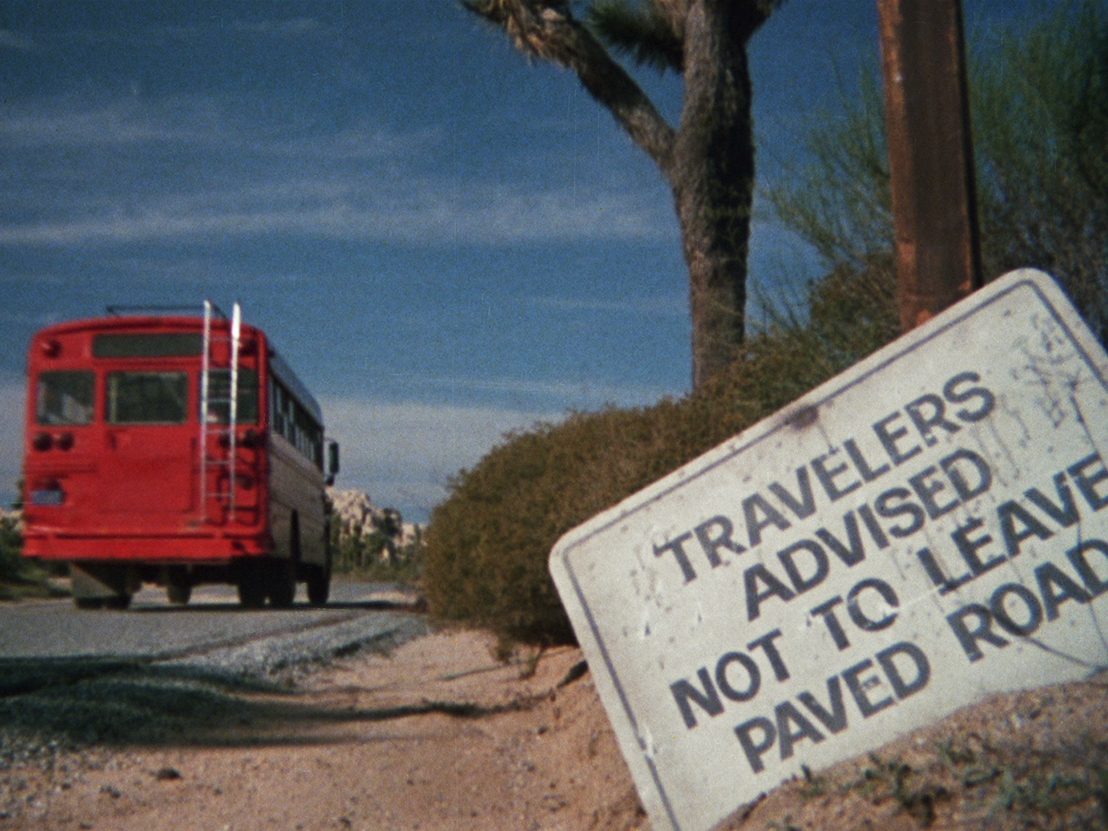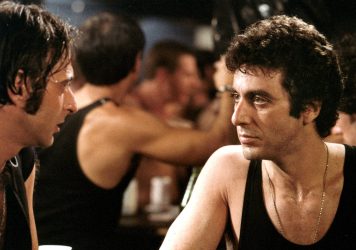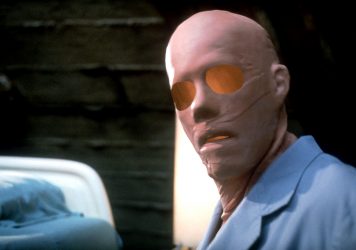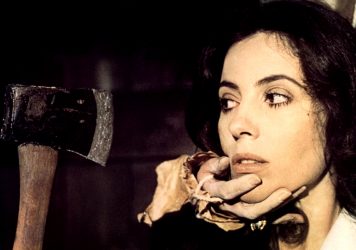
When a person’s life is complete, it becomes all too easy to look back only to its high points, and to ignore everything else as mere bumps along a road to heady success. Wes Craven, for example, who died in 2015, is regarded as, and reduced to, an ‘icon of horror’, joining the pantheon of innovative genre filmmakers which includes George A Romero, Tobe Hooper and (the still very much alive) Dario Argento and John Carpenter.
Any hagiography of Craven will highlight his shocking (if tonally messy) rape-revenge debut The Last House On The Left, from 1972, his continuation of its civilisation-deconstructing themes in 1977’s The Hills Have Eyes, his reinvention of the slasher in 1984’s A Nightmare On Elm Street and the self-reflexive postmodernism of his Wes Craven’s New Nightmare from 1992, and Scream from 1996.
It might even find room for the way he took zombie-ism back to its voodoo roots in 1988’s The Serpent and the Rainbow, or for his crazy critique of socioeconomic and race issues in 1991’s The People Under The Stairs. It almost certainly will not, however, include The Hills Have Eyes Part II which is, by any standards, a poorly written, low-quality sequel which, if necessary at all, was made about five years too late to have enjoyed any cultural currency.
This sequel was made for next to nothing as a quickie cash-in on Craven’s relative success in the past, and at a time when the reception of his most recent features, Deadly Blessing (1981) and Swamp Thing (1972), had been poor to middling. His very future as a filmmaker seemed uncertain. The original The Hills Have Eyes came out a year before John Carpenter’s Halloween (1978) and would collate and conventionalise stalk-and-slash tropes that had been cribbed from the giallo and Bob Clark’s Black Christmas (1974). The Hills Have Eyes Part II, however, would come out after those self-same tropes had long since been done to death by endless slashers (with diminishing returns), and before Craven had started reinvigorating them on Elm Street.
While the sequel’s setting — rocky desert outcrops and an abandoned mine — might seems quite a distance from the slasher’s more typical urban, suburban, smalltown or lakeside locales (apart from George Mihalka’s 1981 My Bloody Valentine, also set in a mine), all the cat-and-mouse business is much the same. The film also wearily retreads scenes from the original, first with actual flashbacks — including one, absurdly, from the point of view of the dog Beast — and then with recreations of significant moments (canine attacks, vehicular deathtraps) from the first film that have already been seen in those very flashbacks. In other words, the whole film feels like a series of bludgeoning throwbacks to a history (the original film, the slasher genre) that is already long past its use-by date.
There is some novelty here. In its opening scene, Bobby Carter (Robert Houston) is shown discussing — with a psychiatrist — his continuing fear of the desert where, eight years earlier, he saw his family slain by a cannibal clan. Slashers are often driven by a primal scene in a killer’s past, but it is unusual to see this sort of focus on the lasting trauma suffered by a hero. In fact Bobby’s lasting psychological scars quickly put him out of the picture, as he refuses to accompany his biker team on a cross-country trip to show off a new super fuel that he has invented.
So the younger male bikers and their respective girlfriends – including Roy (Kevin Spirtas) and blind Cass (Tamara Stafford) – head off without Bobby. For this new generation of thrill-seeking, disco-loving city slickers is about to encounter their nation’s wilder frontier, and the story of what happened to the Carters out in the desert has become a sort of urban myth or campfire tale.
Travelling along with them is another survivor of the original, Ruby (Janus Blythe), her name now changed to Rachel as she has become fully civilised after her earlier stay with the cannibals, as well as bark-happy Beast the wonder dog, who will once again prove Lassie-like in his abilities to save the day. Meanwhile, on the anthropophagous side of the rocky divide, Ruby’s brother Pluto (Michael Berryman) is also still alive, joined by his hulking uncle The Reaper (John Bloom).
Shot in Joshua Tree for peanuts, this independent, non-union production never really takes off. Sure, you can see Craven beginning to subvert the conventions of the moribund slasher: Cass may be an obvious candidate for final girl, but her opening scene makes it clear that she is no virgin; and unlike the slasher genre’s typically silent masked monsters (modelled on the likes of Michael Myers or Jason Voorhees), Pluto and the Reaper like to talk their menacing gibberish out loud. The problem is that, unlike the garrulous Freddy Krueger in Craven’s subsequent A Nightmare on Elm Street (and its many sequels), these two killers have nothing interesting or witty to say, and might better have stayed quiet – or remained forever hidden in the desert.
On the making-of extra that appears on this Arrow release, you can see the interviewed cast and crew straining to find anything good to say about The Hills Have Eyes Part II (although their respect and affection for Craven still shine through). It is a film destined to be a footnote in Craven’s career – but footnotes can often provide real, demythologising insight into both filmmakers and the fickle industry that they serve.
The Hills Have Eyes Part II is released on Blu-ray by Arrow Films in a brand new 2K restoration from original film elements, on 16th September
Published 11 Sep 2019

By Anton Bitel
William Friedkin’s 1980 thriller casts an unwavering eye over New York’s gay S&M subculture.

By Anton Bitel
Both film are now available as part of a special collector’s edition box set.

By Adam Scovell
In the 1960s and ’70s, this British film studio produced grisly tales to rival Hammer Horror.